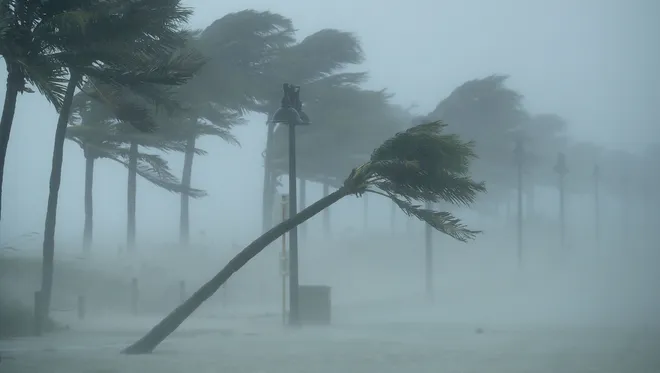
In the vast, ever-changing tapestry of our planet, few phenomena are as awe-inspiring and powerful as a storm. Among these, the storms that gather strength over the oceans and unleash their fury upon land are the most formidable. This article embarks on a journey to explore the life cycle of a storm, from its birth in the warm waters to its eventual dissipation, highlighting the science behind these natural forces and their impact on human life.
The Birth of a Storm:
The story of a storm begins in the tropical waters of the ocean, where the sun’s energy heats the surface, evaporating water to create warm, moist air. This air rises, creating an area of low pressure beneath it. As more warm air rushes in to fill the void, it too rises and cools, releasing the moisture within it as rain. This process, known as convection, is the engine that drives a storm’s formation.
The Genesis of a Cyclone:
As the warm, moist air continues to rise and cool, it begins to rotate due to the Earth’s spin, a phenomenon known as the Coriolis effect. This rotation is what gives a storm its distinctive cyclonic shape. When the conditions are right—with warm sea surface temperatures, moisture, and atmospheric instability—a tropical depression can form. If this depression’s winds reach speeds of 39 miles per hour (63 kilometers per hour), it is classified as a tropical storm and is given a name.
The Fury of a Hurricane:
Should the storm continue to gather strength, with sustained winds exceeding 74 miles per hour (119 kilometers per hour), it becomes a hurricane. Hurricanes are among the most powerful forces of nature, capable of causing widespread destruction. They are characterized by their intense winds, towering waves, and torrential rains, which can lead to catastrophic flooding and storm surges.
The Path of Destruction:
As a storm moves across the ocean, meteorologists track its path, using satellite imagery and computer models to predict where it will make landfall. The impact of a storm can be devastating, with high winds tearing roofs from buildings, floodwaters sweeping away homes, and storm surges inundating coastal communities. The aftermath of a storm can leave millions without power, disrupt transportation, and cause shortages of food and water.
The Storm’s Decline:
Eventually, the storm will exhaust its supply of warm water and begin to weaken. As it moves over land, the friction with the Earth’s surface further diminishes its strength. The once-mighty storm may transition into a post-tropical cyclone, losing its tropical characteristics and becoming a remnant low-pressure system. Over time, it will dissipate, its energy spent, and its journey at an end.
The Aftermath and Recovery:
In the wake of a storm, communities begin the long process of recovery. Emergency services work to restore power, clear roads, and provide aid to those affected. The resilience of people in the face of such adversity is a testament to the human spirit. Over time, communities rebuild, often stronger and more prepared for future storms.
Conclusion:
The journey of a storm is a reminder of the raw power of nature and the fragility of human constructs in the face of such forces. While storms can bring destruction, they also play a crucial role in the Earth’s climate system, redistributing heat and moisture around the globe. As we continue to study these phenomena, we gain a deeper understanding of our planet and the challenges it presents, enabling us to better prepare for the next raging wind that comes our way.